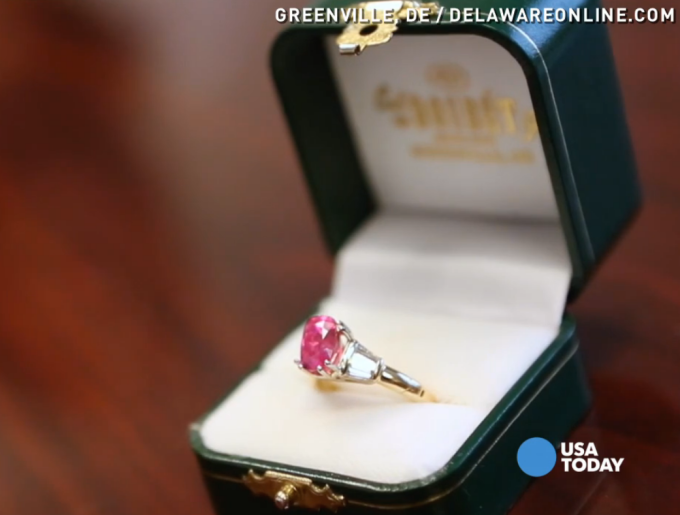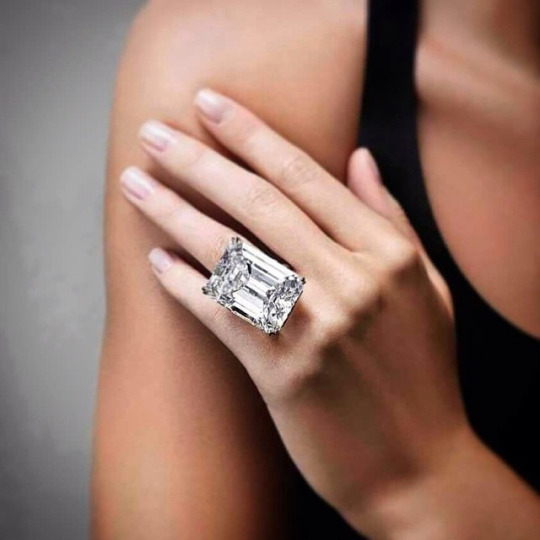Buyer's Beware: Fake Pink Sapphire Discovered after 16 Years
/Recently a truly buyer beware story has come out of Delaware where a woman has found out she’d been showing off a fake on her finger for the last 16 years. An expert deemed the pink sapphire in the ring her husband had bought for her birthday was worth only $30, instead of the $12,500 the couple thought.
They couple are now suing the jeweler who sold the diamond-and-sapphire ring to the husband in 1999. They are claiming the husband paid $9,000 just for the stone alone, yet it's value would have been allegedly only $10 according at that time, according to The News Journal.
“I was extremely proud of that ring,” the woman said. “I wore it a lot and got an awful lot of compliments. And all these years, I was wearing that fake. I feel like a fool showing off that ring. I can’t get that out of my head. Here all that excitement and Sam spent all that money, and it’s a fake.”
The husband has sued the business and its owners, seeking $37,000 to replace the ring, plus another $2,500 that he paid in insurance over 15 years. The jewelers had offered to replace the stone, but the woman said she didn’t want another sapphire from them.
The lawsuit in Delaware Court of Common Pleas alleges the business owners engaged in deceptive trade practices and breached their contract to sell a natural pink sapphire.
The jewelers responded to the lawsuit saying the couple’s claim is barred by the statute of limitations, and that the owners extended no warranties to the man when he bought the ring. They say the claim is because of wrongdoing by a Pennsylvania appraiser, and have filed a third-party lawsuit against that company.
This is yet another illustration of the importance of finding and consulting a qualified gemologist-jewelry appraiser at the time of purchase. If you have doubts or are considering a major gemstone purchase please consider a second opinion from a non-biased third party who is an expert in the field of gemstone identification! Take the "beware" out of buyer beware and purchase with confidence.
You can find qualified gemologist-jewelry appraisers through national organizations such as NAJA.
Kathleen Marino MA, GG, AJP, NAJA































